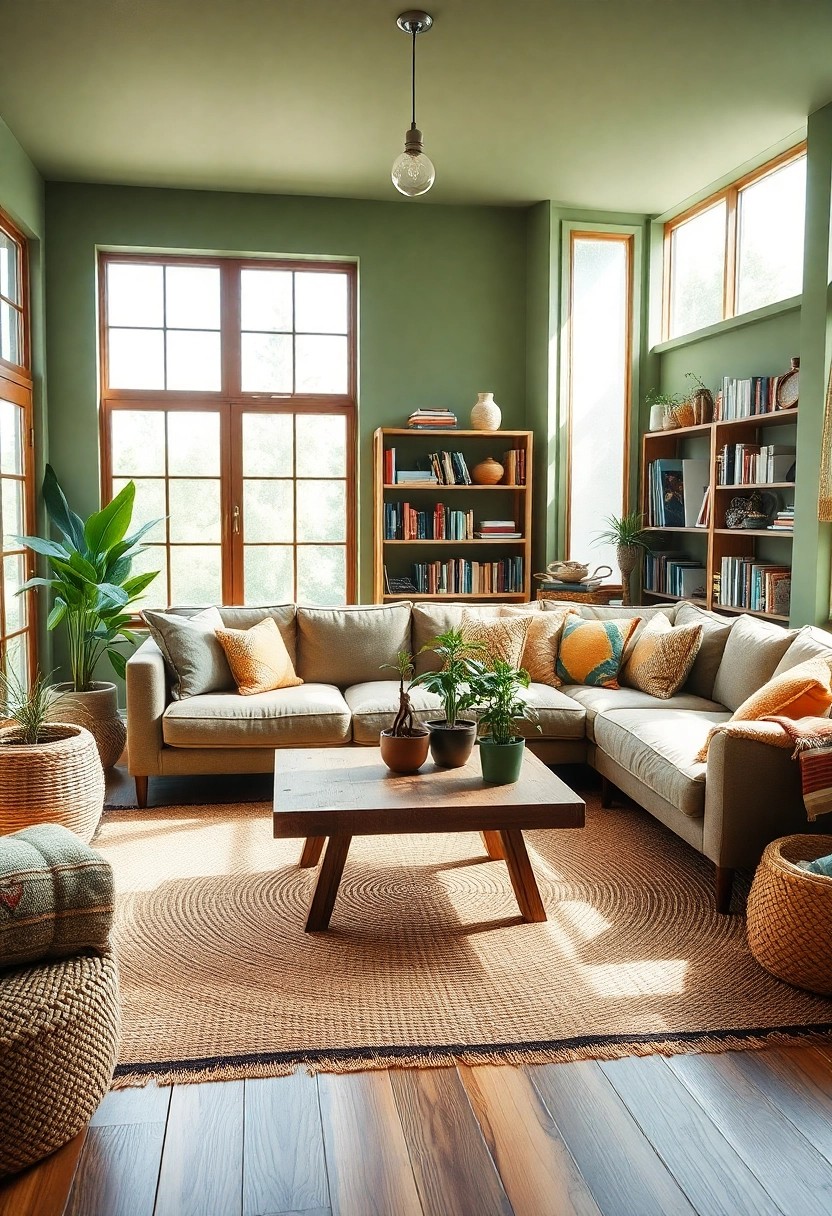Eco-Friendly Home Decor Tips
In recent years, the trend of eco-friendly living has gained significant momentum, and for good reason. As we become more aware of our environmental impact, many of us are looking for ways to make our homes more sustainable. Whether you’re a seasoned eco-warrior or just starting your journey towards a greener lifestyle, incorporating eco-friendly decor into your home is a fantastic way to reduce your carbon footprint. In this blog post, we’ll explore some practical and stylish tips for creating an eco-friendly home that you’ll love.
Understanding Eco-Friendly Decor
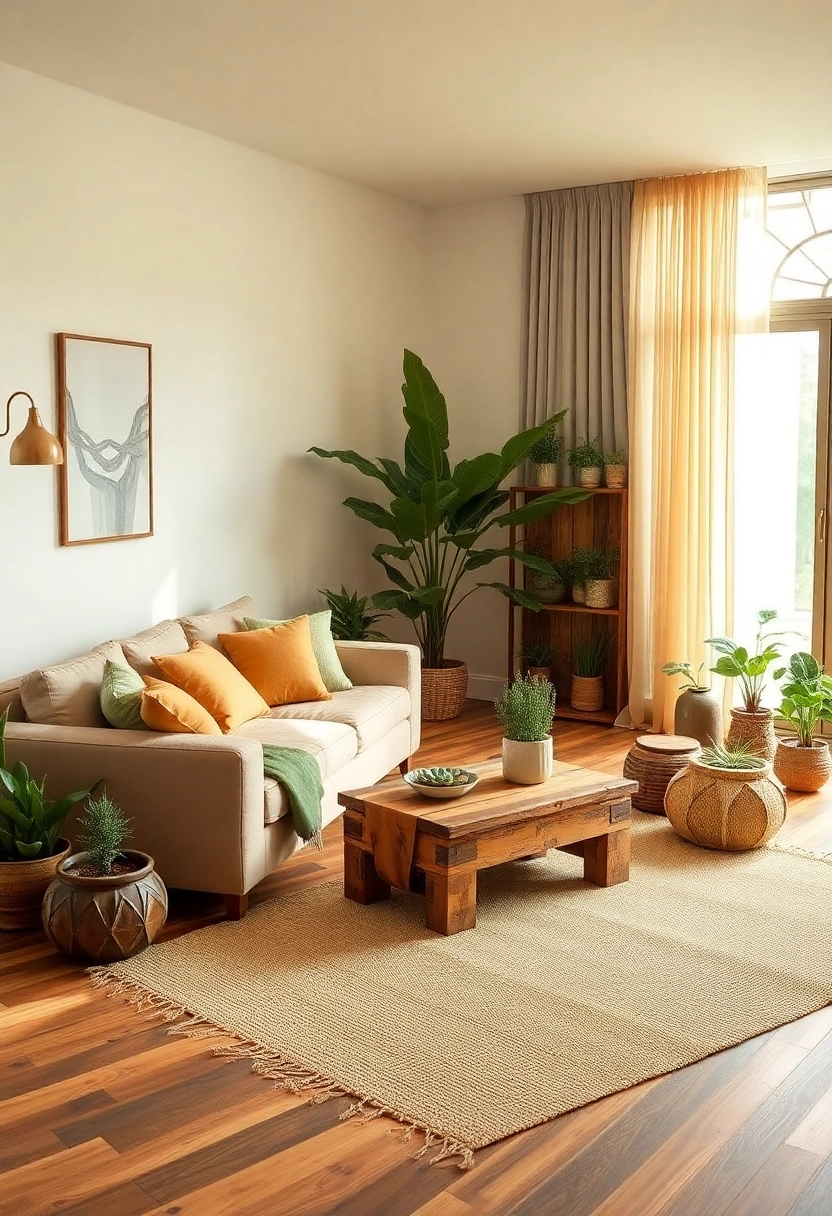
Before we dive into the tips, let’s take a moment to understand what eco-friendly decor really means. At its core, eco-friendly decor is about making choices that are kind to the environment. This can involve using sustainable materials, reducing waste, and choosing products that have a minimal impact on the planet. It’s about creating a home that not only looks beautiful but also aligns with your values of sustainability and conservation.
Choose Sustainable Materials
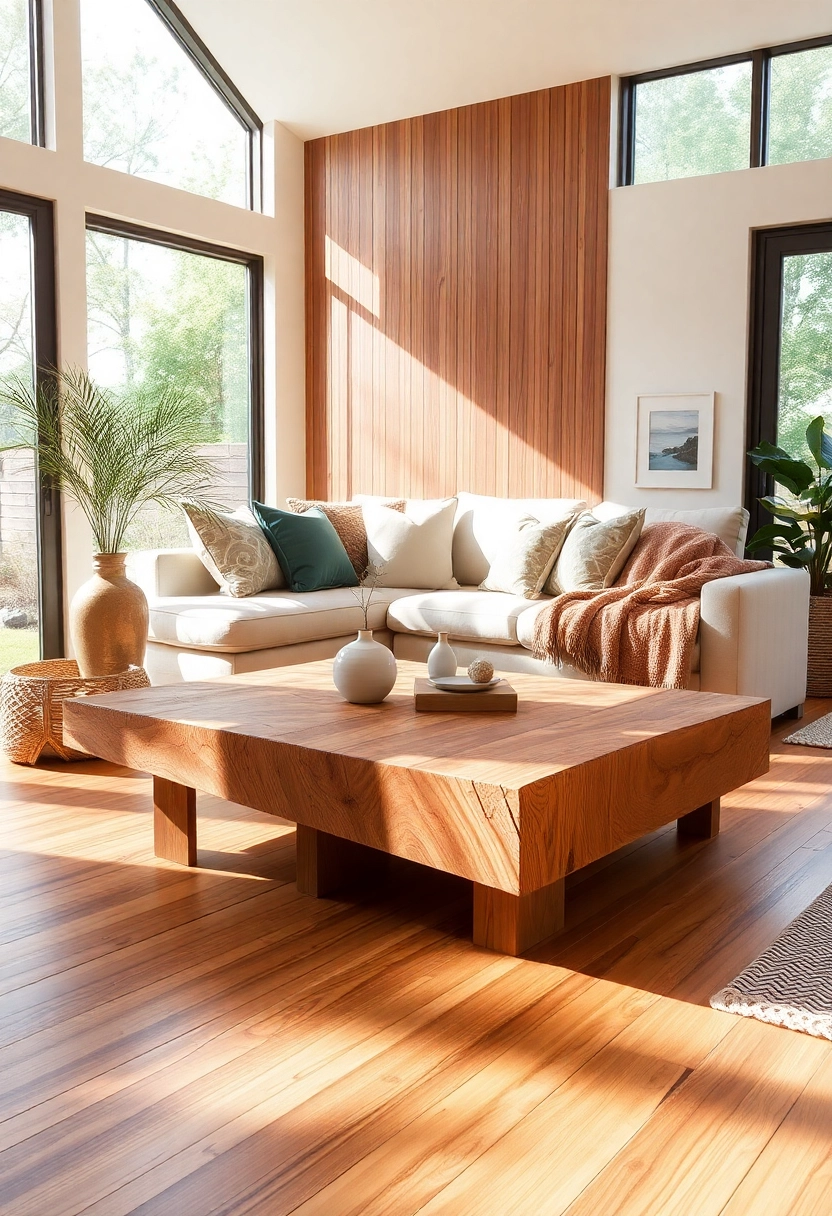
One of the most effective ways to make your home decor eco-friendly is by choosing sustainable materials. This means opting for materials that are renewable, recyclable, or have a low environmental impact. Here are some popular sustainable materials to consider: – Bamboo: Bamboo is a fast-growing plant that requires minimal resources to grow. It’s incredibly versatile and can be used for everything from flooring to furniture. – Reclaimed Wood: Using reclaimed wood not only adds character to your home but also reduces the demand for new timber. Look for furniture or decor items made from salvaged wood. – Organic Cotton: When it comes to textiles, organic cotton is a great choice. It’s grown without harmful pesticides and chemicals, making it better for the environment and your health. – Recycled Glass: Incorporate recycled glass into your decor through vases, tiles, or even countertops. It’s a beautiful and sustainable option.
Embrace Minimalism
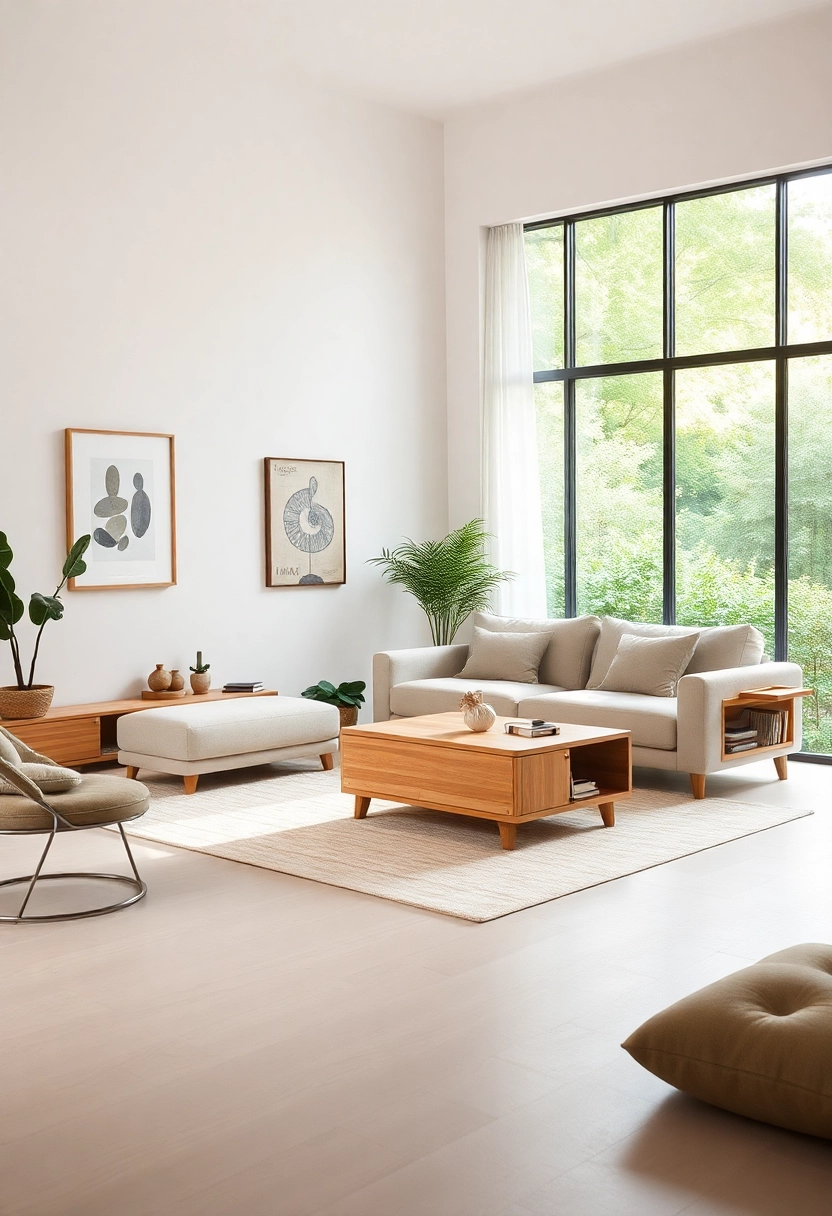
Minimalism and eco-friendly living go hand in hand. By embracing a minimalist approach to decor, you can reduce clutter and waste while creating a serene and stylish space. Here are some tips for incorporating minimalism into your home: – Declutter Regularly: Regularly assess your belongings and donate or recycle items you no longer need. This not only reduces waste but also makes your home feel more spacious. – Choose Quality Over Quantity: Invest in high-quality, timeless pieces that will last for years rather than trendy items that may quickly go out of style. – Opt for Multi-Functional Furniture: Look for furniture that serves multiple purposes, such as a sofa bed or a coffee table with storage. This reduces the need for additional pieces and maximizes space.
Upcycle and Repurpose
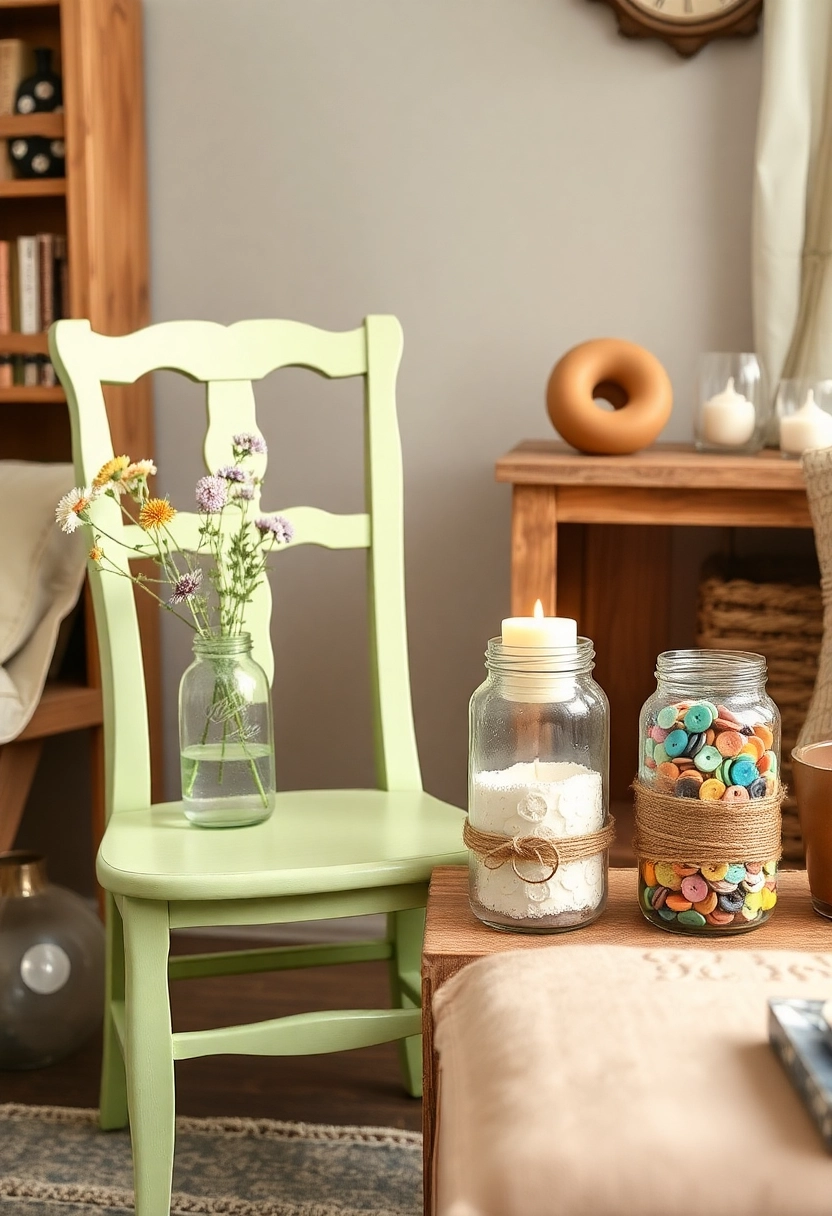
Upcycling and repurposing are fantastic ways to give new life to old items and reduce waste. Instead of buying new decor, consider how you can transform what you already have. Here are some creative ideas: – Paint and Refresh: A fresh coat of paint can work wonders on old furniture. Choose eco-friendly paints with low VOCs (volatile organic compounds) to minimize indoor air pollution. – Repurpose Jars and Containers: Glass jars and containers can be repurposed as vases, candle holders, or storage solutions. Get creative and personalize them to match your decor. – DIY Projects: Embrace your inner DIY enthusiast and create unique decor pieces from materials you already have. From pallet wood shelves to fabric wall hangings, the possibilities are endless.
Support Local Artisans

Supporting local artisans not only helps your community but also reduces the carbon footprint associated with transporting goods over long distances. When you buy locally-made decor, you’re often getting unique, handcrafted items that tell a story. Here are some ways to support local artisans: – Visit Local Markets: Explore local markets and craft fairs to discover one-of-a-kind decor pieces. You’ll often find items made from sustainable materials and crafted with care. – Commission Custom Pieces: If you have a specific vision in mind, consider commissioning a local artisan to create a custom piece for your home. This ensures you get exactly what you want while supporting local talent.
Incorporate Plants
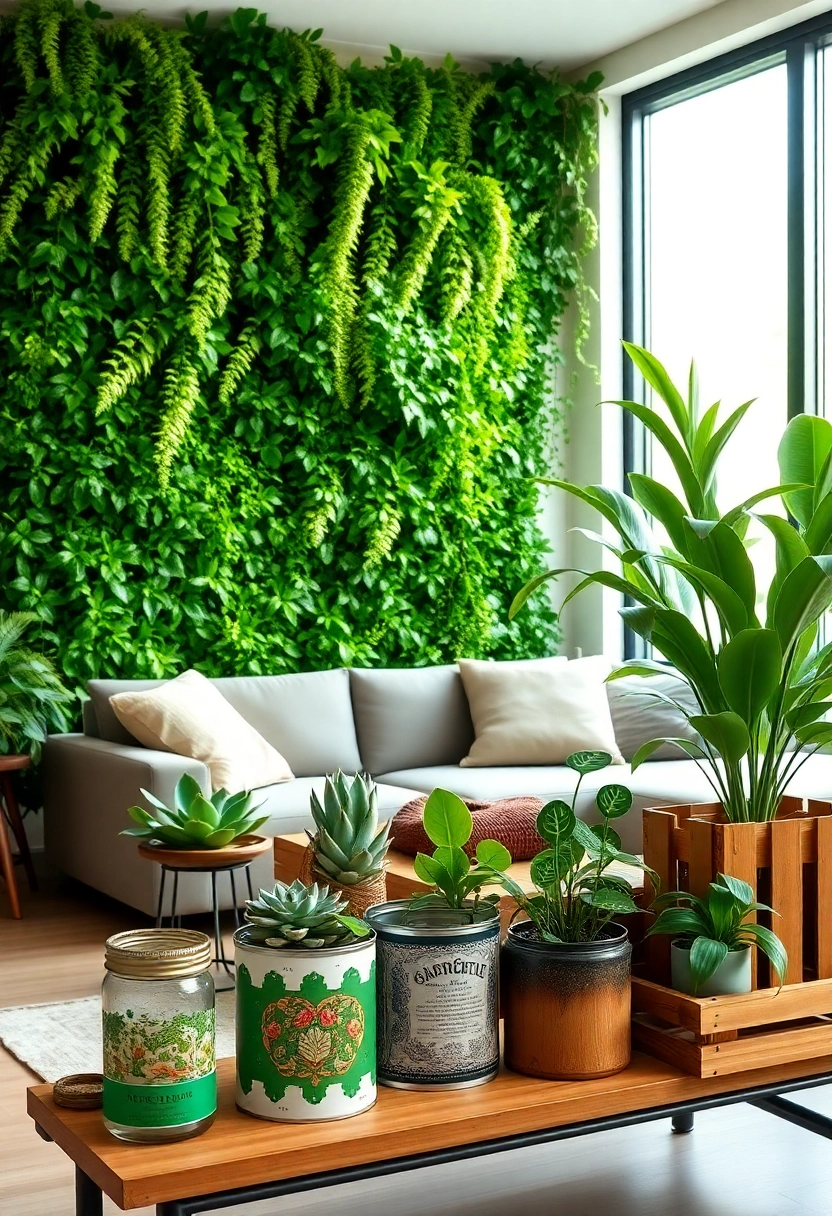
Plants are a natural and beautiful way to enhance your home’s decor while improving indoor air quality. They add a touch of nature to your space and can even boost your mood. Here are some tips for incorporating plants into your decor: – Choose Low-Maintenance Plants: If you’re new to plant care, start with low-maintenance options like succulents, snake plants, or pothos. These plants are hardy and require minimal attention. – Create a Green Wall: If you’re short on floor space, consider creating a vertical garden or green wall. This not only looks stunning but also maximizes your use of space. – Use Recycled Planters: Get creative with your planters by using recycled materials like tin cans, old teapots, or wooden crates. This adds a unique touch to your plant display.
Opt for Energy-Efficient Lighting

Lighting plays a crucial role in home decor, and choosing energy-efficient options can significantly reduce your energy consumption. Here are some tips for eco-friendly lighting: – Switch to LED Bulbs: LED bulbs use significantly less energy than traditional incandescent bulbs and last much longer. They come in a variety of styles and colors to suit your decor. – Utilize Natural Light: Make the most of natural light by keeping windows unobstructed and using sheer curtains. This reduces the need for artificial lighting during the day. – Install Dimmer Switches: Dimmer switches allow you to adjust the brightness of your lights, saving energy and creating a cozy atmosphere.
Choose Eco-Friendly Paints and Finishes

When it comes to painting your walls or refinishing furniture, opt for eco-friendly paints and finishes. Traditional paints can release harmful chemicals into the air, but there are greener alternatives available: – Low-VOC or Zero-VOC Paints: These paints have reduced levels of volatile organic compounds, making them safer for your health and the environment. – Natural Finishes: Look for natural finishes made from plant-based oils and waxes. These are non-toxic and provide a beautiful, durable finish.
Reduce, Reuse, Recycle
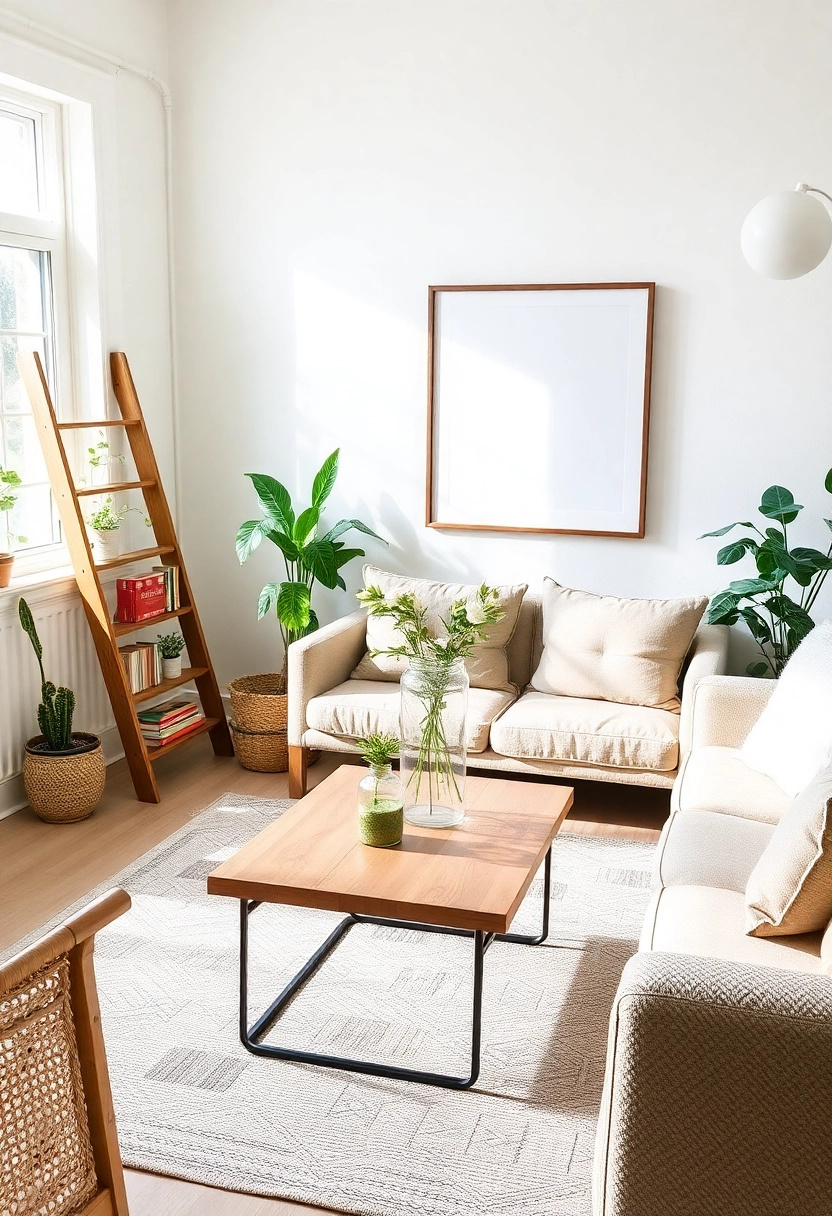
The mantra of “reduce, reuse, recycle” is at the heart of eco-friendly living. By applying this principle to your home decor, you can make a significant impact on the environment. Here’s how: – Reduce: Be mindful of your purchases and only buy what you truly need. Avoid impulse buys and focus on quality over quantity. – Reuse: Before discarding items, consider how they can be reused or repurposed. This reduces waste and gives new life to old objects. – Recycle: Properly recycle items that can no longer be used. Familiarize yourself with your local recycling guidelines to ensure you’re recycling correctly.
Conclusion: Creating a Sustainable Sanctuary
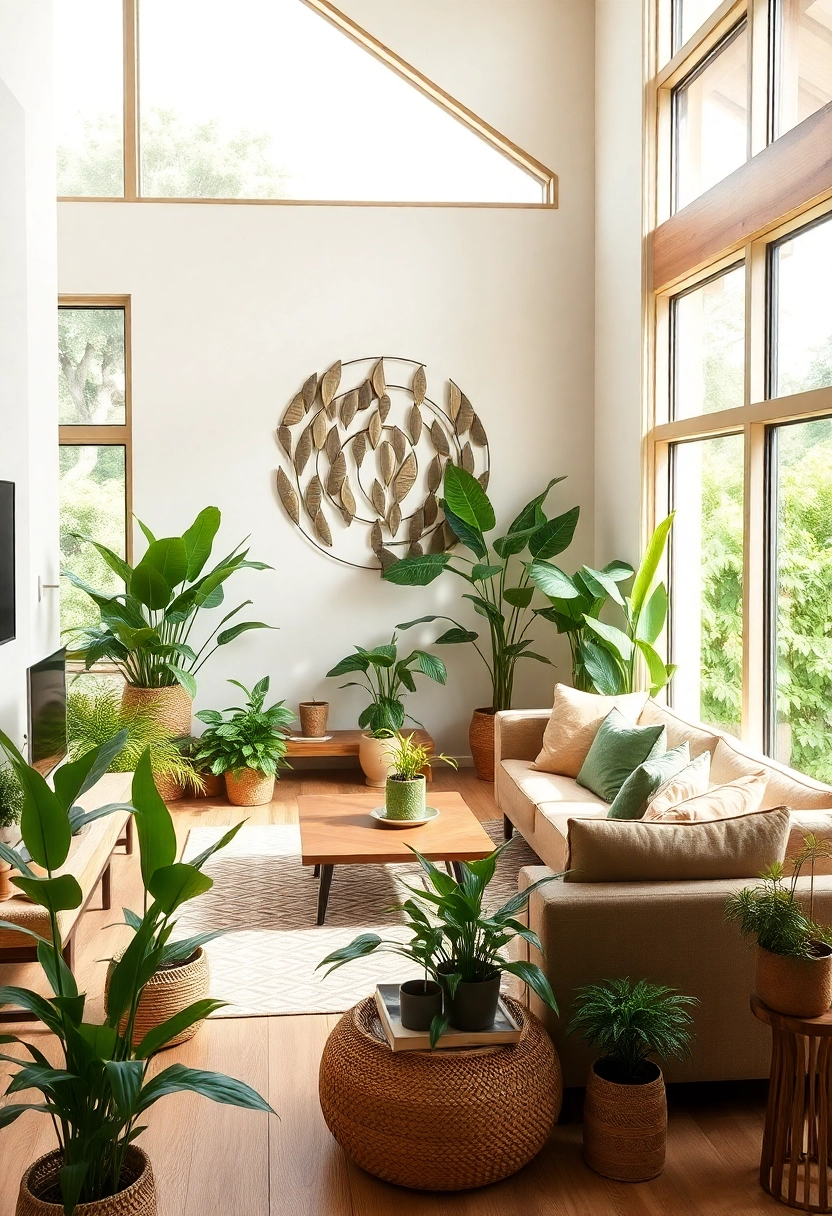
Creating an eco-friendly home doesn’t mean sacrificing style or comfort. By making thoughtful choices and incorporating sustainable practices into your decor, you can create a beautiful and environmentally-conscious space that reflects your values. Remember, every small change you make contributes to a healthier planet. So, whether you’re revamping your entire home or making a few simple swaps, embrace the journey towards a more sustainable sanctuary. Your home—and the planet—will thank you.

